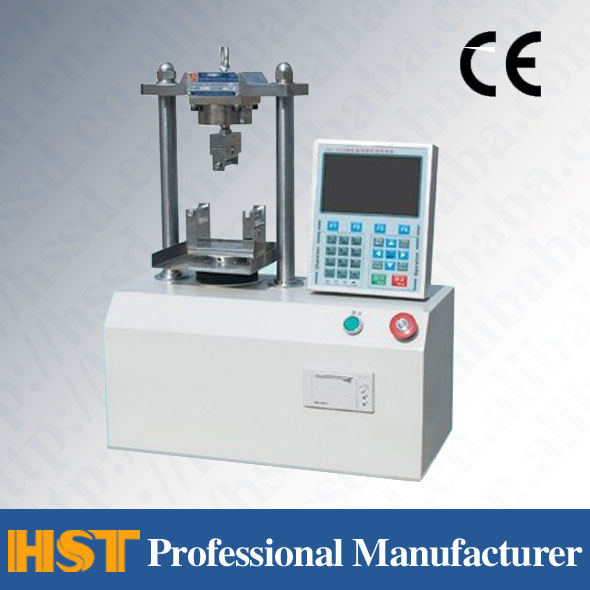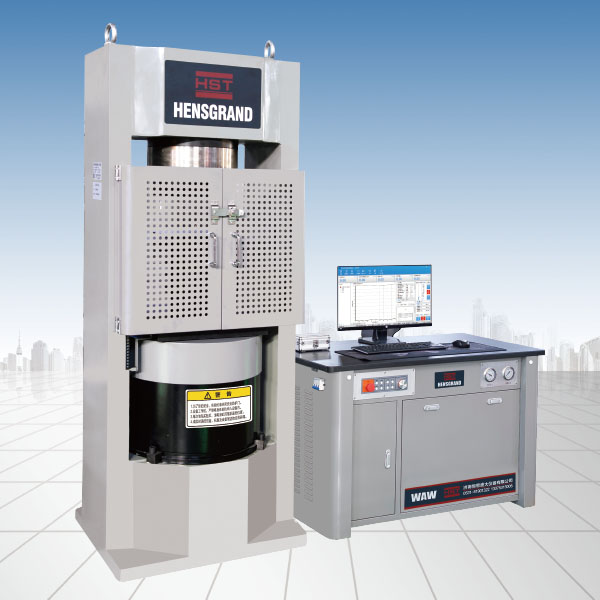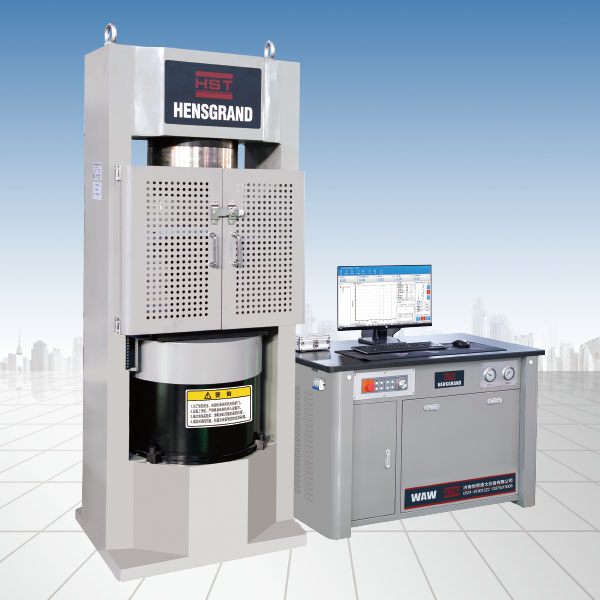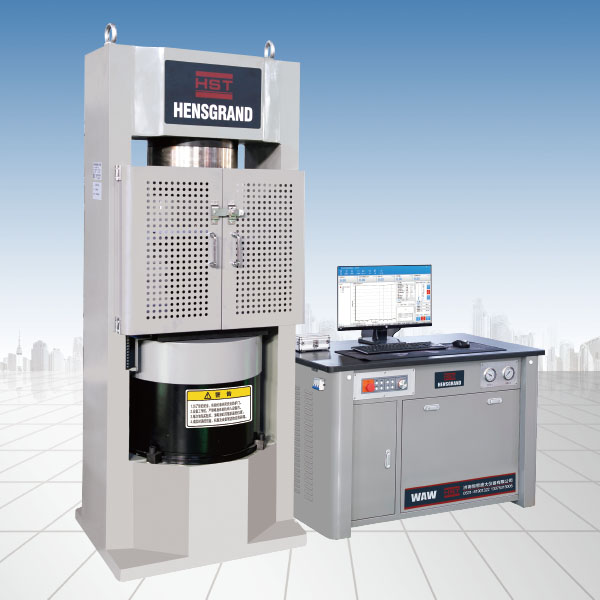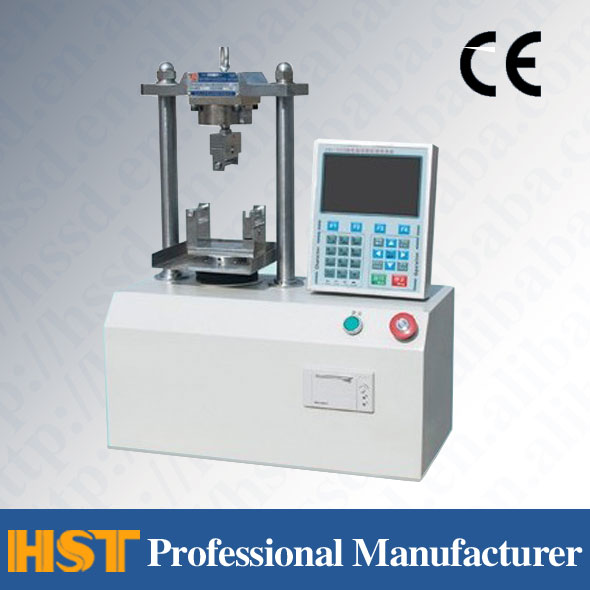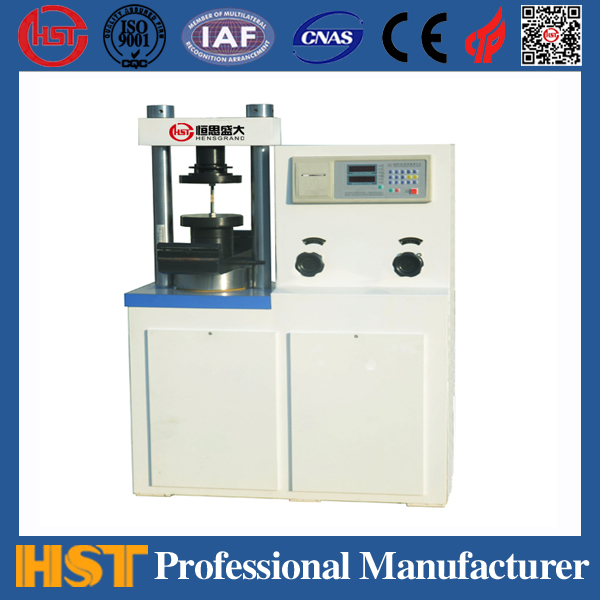News
Software functions and professional terms of plastic tensile testing machine
Release time:2019-08-23 source:Jinan Hengsi Shanda Instrument Co., Ltd. Browse:
Plastic tensile testing machine, also known as plastic testing machine, is a testing instrument used in the plastic industry. So how much do you know about plastic tensile testing machines? The following editor will introduce to you the software functions and professional terms of plastic tensile testing machines. Let’s take a look.
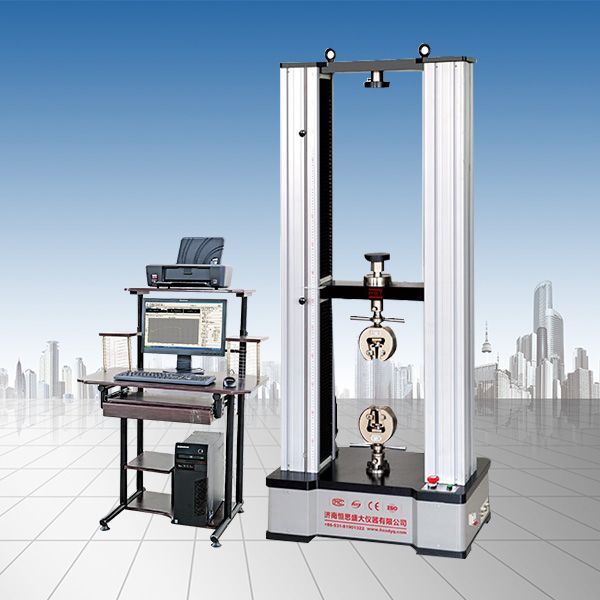
1. Software functions of plastic tensile testing machine
1. Modular function of test standards: Provides test standards settings for users to set the required applications, covering GB, ASTM, DIN, JIS, BS, etc. Test standard specifications.
2. Test sample information: Provide users to set all test sample data, and the data input can be reused at one time. The formula can be revised by itself to improve the fit of the test data.
3. Dual report editing: Fully open user editing reports, allowing testers to choose their preferred report format (the test program has added a built-in EXCEL report editing function to expand the pattern of previous single professional reports)
4. The length, force unit and display digit of the plastic tensile test machine adopt dynamic interchange method, including force units T, Kg, N, KN, g, lb, and deformation units mm, cm, and inch.
5. Automatically optimize the graphical curve scale Auto Scale, allowing the graph to be displayed at the best scale. And it can switch dynamically in real-time graphics during testing. It has load-displacement, load-time, displacement-time, stress-strain load-2 point extension diagram, and multi-curve comparison.
6. The test results can be output in EXCEL format data.
7. After the test, it can be automatically archived and manually archived. After the test is completed, the maximum force, upper and lower yield strength, hysteresis ring method, stepwise approximation method, non-proportional extension strength, tensile strength, compressive strength, fixed elongation strength at any point, fixed load extension at any point, elastic modulus, elongation, maximum value of peeling interval, minimum value, average, net energy, foldback energy, total energy, bending modulus, breakpoint displacement x% load, breakpoint load X% displacement, etc.
8. Backup of the data of plastic tensile testing machine: The test data can be saved in any hard disk partition.
9. Random switching of multiple languages: Simplified Chinese, Traditional Chinese, and English.
10. The software has the function of demonstrating historical test data.
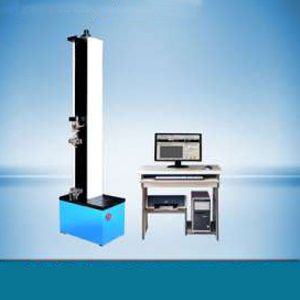
2. Professional terms for plastic tensile testing machines
1. Massiveness: The material maintains plastic deformation and continuously cracking. Elongation and cross-section shrinkage are commonly used indexes of ductility.
2. Elongation at break: the elongation at the time of breaking.
3. Deformation energy: The energy required to deform the material to a specified amount.
4. Rockwell hardness: the index of the plastic surface resistance to penetration of a specific indenter. The specific force exerted by this specific indenter is applied by the Rockwell hardness tester. The larger the value, the higher the indenter hardness.
5. Axial strain of the plastic tensile tester: strain that is coaxial to the force direction or coaxial to the force direction.
6. Automatic return to the car: When returning to the car is set, the beam will automatically return to zero after the test is completed.
7. Deformation under load: Measure the ability of hard plastic to withstand long-lasting deformation and the ability of non-hard plastic to restore the original shape after deformation. ASTM gave a test method to test these two deformations. For hard plastics, deformation is described as the percentage of the sample height change after 24 hours under the specified load. For non-hard plastics, the results are described as the percentage of height change after 3 hours under the load and the recovery rate of 1:0.5 hours after the load is removed.
8. Diameter: When the cross-section of the sample is circular.
9. Dynamic creep of plastic tensile tester: creep extrusion expansion occurs under variable load or temperature. Whenever, the diameter or thickness of the polymer melted from the hard die is usually larger than the diameter (or notch) of the hard die. In the usual products, the ratio range of diameter or thickness: polyvinyl chloride is 1.20:1.40, commercial grade polyethylene is 1.50:2.00, polymers with high molecular weight will be higher. It is a display of the elasticity of the polymer. Polymers with large elasticity will have greater expansion. Of course, the extruded material using pulling process will reduce, and the diameter (or thickness) of the extrudate is much smaller than the diameter or notch of the hard die.
10. Elastic limit: The maximum stress applied to the material but does not produce permanent deformation. For metals and other materials with obvious linear segments in the stress: strain curve, the elastic limit is roughly equal to the proportional limit. For materials without obvious proportional limits, the elastic limit is only an approximate number (apparent elastic limit).
The above is the software functions and professional terms related to the plastic tensile test machine compiled by the editor. Before using any test machine, you must fully understand the performance of the product so that you can better achieve human-machine running-in during operation. This improves production efficiency. Hope it can help you.
Recommended productsPRODUCTS


















